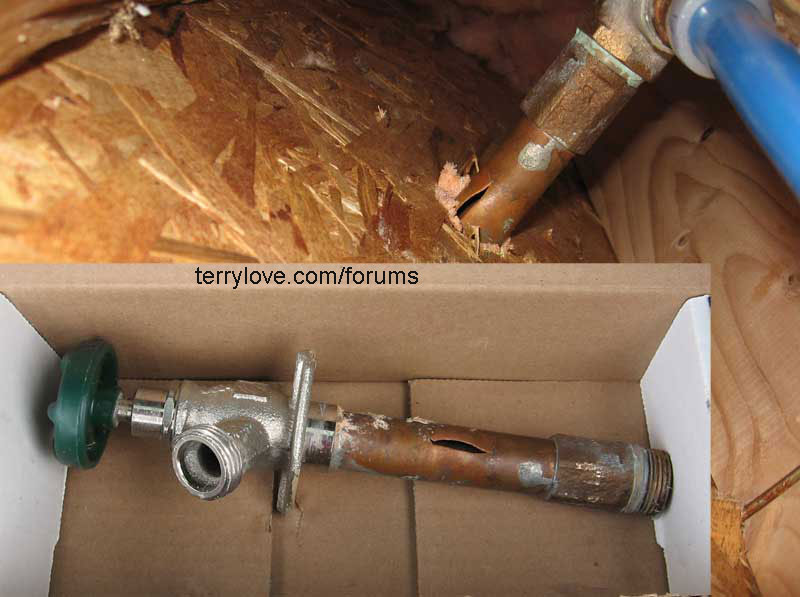I noticed yesterday that I have water leaking out of my brick and into my yard. It appears to be a slow leak, but based on the green algae-looking stuff, it appears to have been going on for a while. It's been a cold winter in Texas (and most of the rest of the U.S.), but I have had my faucet covered before any of the freezes. I would automatically point to a broken pipe from my outside faucet, but if you look closely at all the pics, you can see the brick is wet over 10 feet away from the faucet.
A couple things to note:
- I am not seeing any signs of water damage on the inside
- I do not "hear" anything abnormal
- like I said previously, I think this has been going on for some time because of the algae and because the mortar is easily chipped away where there is water.
Any advice is appreciated. I have called my insurance company, but an adjuster has not yet been out. I also called my plumber, but he advised to wait for the adjuster.
A couple things to note:
- I am not seeing any signs of water damage on the inside
- I do not "hear" anything abnormal
- like I said previously, I think this has been going on for some time because of the algae and because the mortar is easily chipped away where there is water.
Any advice is appreciated. I have called my insurance company, but an adjuster has not yet been out. I also called my plumber, but he advised to wait for the adjuster.







